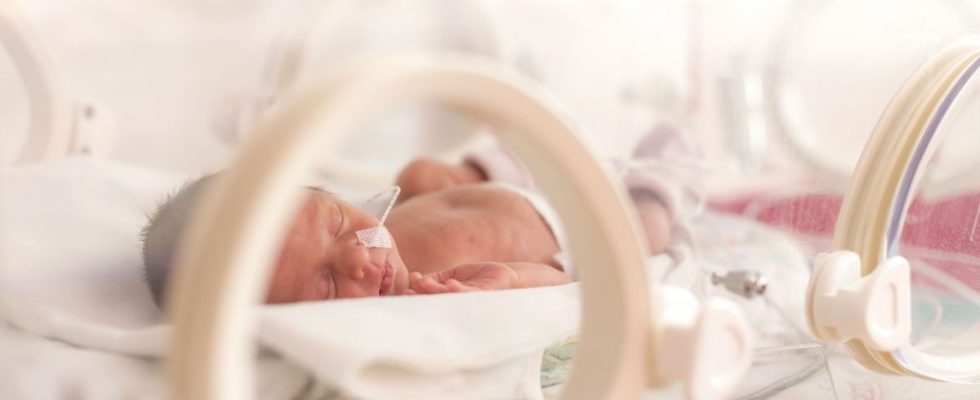Published on
Updated
Reading 2 min.
In Reunion, a 37-year-old woman who consulted for stomach cramps discovered that she was in fact 23 weeks pregnant, and that her baby was lodged between her intestines. A fairly rare case of ectopic pregnancy.
She was experiencing extreme bloating and stomach cramps, but didn’t expect this revelation. In Reunion, a 37-year-old woman decided to consult a doctor even though she had been suffering from abdominal pain for around ten days. But the results that came back indicated something other than gastric trouble: “Ultrasound revealed a thickened endometrium, empty uterus and abdominal pregnancy at 23 weeks gestation”, specifies the authors of the case study. In other words, a “normally formed” fetus grew in its abdominal cavity, that is to say the space between the stomach and the intestine.
This case of abdominal pregnancy revealed on December 9 by the New England Journal of Medicine is rather rare. This is a type of ectopic (outside the uterus) pregnancy that occurs directly in the abdomen. A possible phenomenon in a certain context: when the fetus begins to develop in the fallopian tubes or in the ovaries, and these rupture, allowing the fetus to “escape” into the abdominal cavity. However, this is not a subject that we encounter often: less than two percent of pregnancies are ectopic pregnancies and approximately 1% of ectopic pregnancies are abdominal pregnancies.

A viable baby born at 29 weeks
This news, however, was not very happy: in such cases, the risk of fetal death reaches 90 percent and a fifth of those who survive suffer from congenital malformations or brain damage. Abdominal pregnancy is associated with a maternal mortality rate of between 0.5% and 18%, more than 7 times higher than other ectopic pregnancies (outside the uterus).
Babies are considered “viable” outside the womb from 24 weeks, but doctors have asked the woman to wait until 29 weeks of gestation to give birth. At this time, they decided to deliver the baby by making an incision in the mother’s abdomen before transferring the newborn to the neonatal intensive care unit.
The mother, meanwhile, had to undergo surgery 12 days after the birth to allow doctors to remove the rest of her placenta. She stayed in the hospital for 25 days and her child was able to leave after 2 months of hospitalization. However, it is impossible to know how the mother and child are doing to this day: both have since disappeared from the medical radar.
